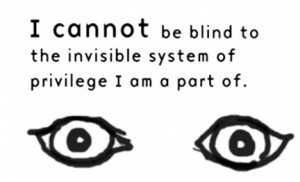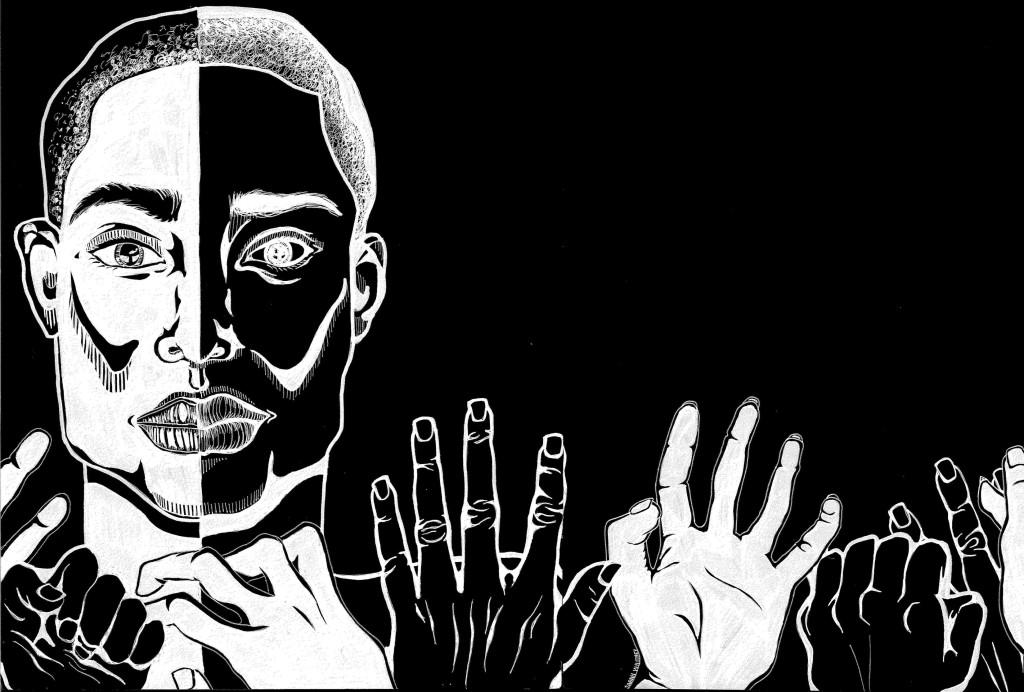
The X-Men comic franchise is a story of a minority group struggling with discrimination due to their superhuman mutations — a sci-fi allegory that illustrates the troubles of real people dealing with bigotry regarding race, sexuality, health and a host of other social issues. However, many readers note that the comics fail to actually depict the people that face real-life discrimination, and instead include mostly straight, white men.
Neil Shyminsky, an academic who’s written about the X-Men‘s complicated relationship with real-life racism:
[He] argues persuasively that playing out civil rights-related struggles with an all-white cast allows the white male audience of the comics to appropriate the struggles of marginalized peoples … “While its stated mission is to promote the acceptance of minorities of all kinds, X-Men has not only failed to adequately redress issues of inequality – it actually reinforces inequality.”

—
Click here for the rest of the NPR article.
More about Race & Racism in Marvel Comics





 Click here
Click here
